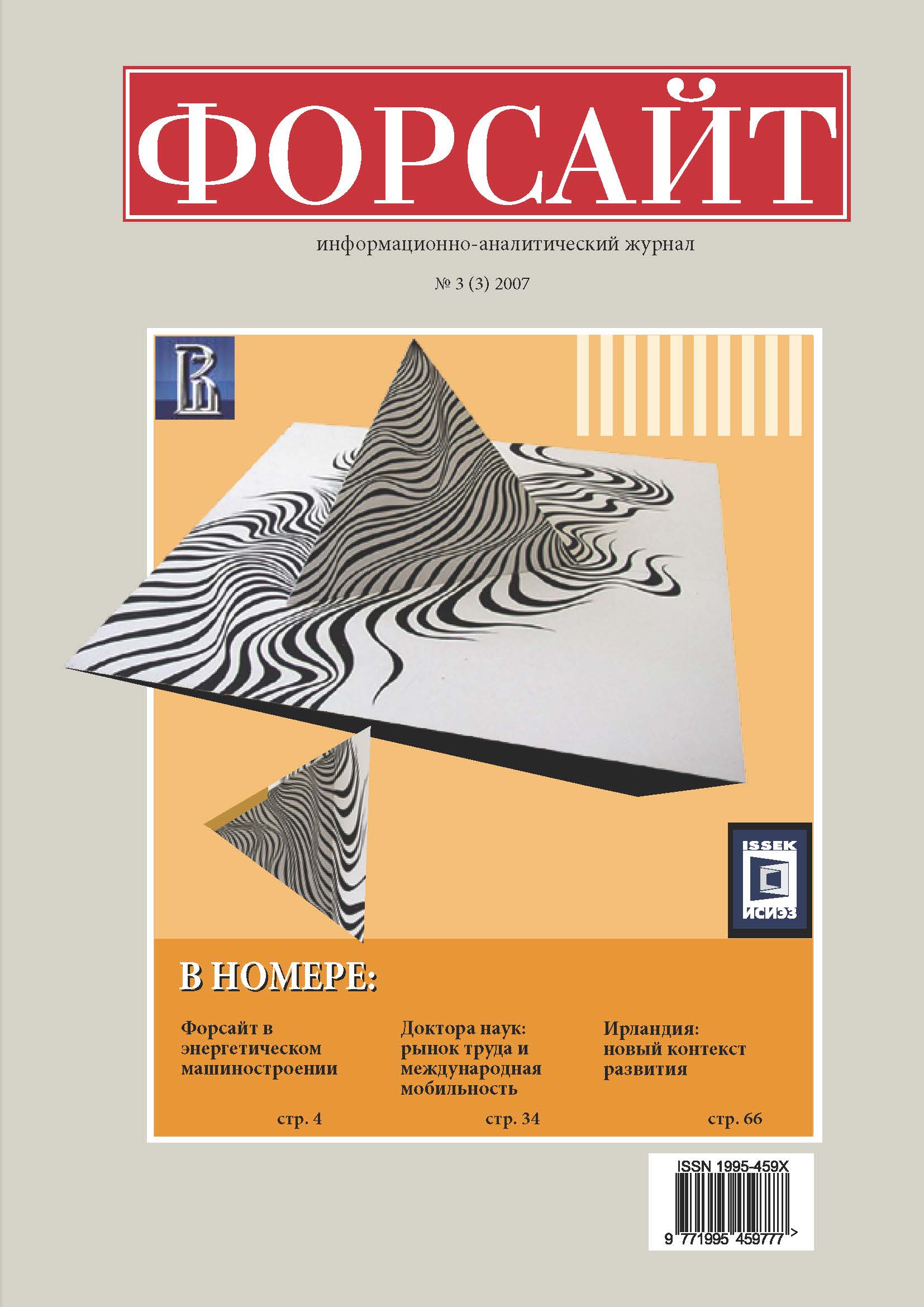Abstract
The demographic history of the Russian Academy of Sciences (RAS) was investigated. We attempted to evaluate main demographic characteristics and role of mortality decrease among the members and corresponding members of the Academy. The number of academicians and their mean age remained relatively stable up to 1921. Intensive growth in number of academicians started in the 1920s. It grew from 225 in 1921 to 1116 in the mid-2006. Between 1921 and 1960 this growth was accompanied by decrease in the mean age of academicians: from 64.9 in 1921 to 60.1 in the end of the 1940s. Since the 1950s, the mean age has been increasing reaching the maximal level of 69.4 years in the mid-2006. To describe mortality level of academicians, we calculated abridged life tables for each ten-year period. Our results show that, until 1951, life expectancy at age 50 among academicians fluctuated at the level 20.4 - 23.1 years. In the end of 19th century, life expectancy advantage of academicians against the life expectancy of Russian males was only one year. At the same time, life expectancy of the Russian academicians was 1.8 years lower than for Swedish men. Between 1941-1950 and 2001-2006, life expectancy of members of the Academy grew by about 10 years (from 22.1 to 31.9 years). Mean age of newly elected members of the Academy has been relatively stable. Throughout the whole period, this indicator was fluctuating between 49.8 and 56.0 years. Thus, aging of the academic community is mainly related to life expectancy growth. As result, due to simultaneous mortality decline and aging of academicians, crude death rate has remained almost unchanged throughout the period (around 25 per 1000). Only slightly higher rates were observed at the beginning and at the end of the period of observation. Adverse mortality trends among adult Russian males did not affect the academic community. As result, opposite mortality trends occurred among the total males and academic elite. The difference in life expectancy at age 50 increased from 2.4 years in 1951-1960 (24.3 versus 21.9 years) to 13.6 years in 2000-2006 (31.9 versus 18.3 years). However, life expectancy in the academic community is unexpectedly low. According to the most recent data, life expectancy of Russian academicians is only 2 years higher than for all Swedish men and 0.7 year lower than for highly educated Swedish men with non-manual occupational status. It is difficult to explain such low life expectancy of Russian academicians. Unfavorable male mortality situation in Russia is usually attributed to the consequences of heavy.
References
Andreev E., Jdanov D. Preliminary analysis of age structure and longevity of Russian Academicians. Paper for workshop «Age Dynamics of Learned Societies. A Comparative Study of National Academies of Sciences», Vienna Institute of Demography, 28-29 November 2006.
Shkolnikov V. M., Andreev E. M., Jasilionis D., Leinsalu M., Antonova O. I., McKee M. The changing relation between education and life expectancy in central and eastern Europe in the 1990s // Journal of Epidemiology and Community Health, № 60, 2006, pp. 875-881.
The Human Mortality Database (HMD) (http://www.mortality.org / ).
Андреев Е. М. Демографическая модернизация России: 1900-2000 / Под ред. А. Вишневского. Серия «Новая история». М.: Новое издательство, 2006, с. 270-272.
Андреев Е. М., Дарский Л. Е., Харькова Т. Л. Демографическая история России: 1927-1959. М., 1998.
Андреев Е. М., Харькова Т. Л., Школьников В. М. Изменение смертности в России в зависимости от занятости и характера труда // Народонаселение, № 3, 2005, с. 68-81.
Материалы сайта http://demoscope.ru / weekly / 2007 / 0283 / tema01.php.
Материалы сайта http://www.ras.ru/.
Омран А. Р. Эпидемиологический аспект теории естественного движения населения // Проблемы народонаселения: О демографических проблемах стран Запада / Под ред. Д. И. Валентея и А. П. Судоплатова. М.: Прогресс, 1977.
Российская академия наук. Персональный состав. В 3-х кн. / Б. В. Левшин, В. И. Васильев, О. В. Батурина и др. М.: Наука, 1999.
Российская академия наук. Список членов Академии. 1724-1999 гг. / Б. В. Левшин, В. И. Васильев, И. Е. Розанова и др. М.: Наука, 1999.

This work is licensed under a Creative Commons Attribution 4.0 International License.

